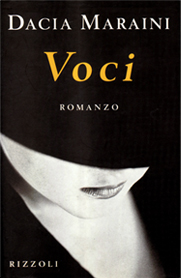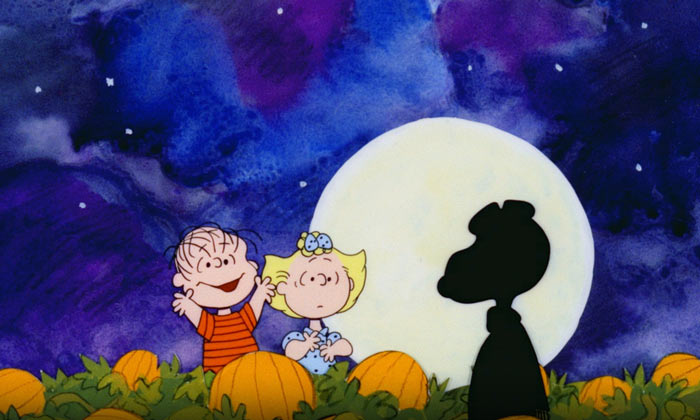
Illustration Credit: Studentessa Matta
Essere vs. Stare: it is important to be aware of the differences!
Ci sono due verbi nella lingua italiana, “ESSERE” e “STARE”, che esprimono “uno stato dell’essere”, mentre in inglese ce n’è solo uno.
There are two verbs in the Italian language, “ESSERE“ and “STARE” that express “a state of being,” whereas, in English, there is only one.
Essere o stare, questa è la domanda! Qual è la differenza, e come sai quando usare STARE vs ESSERE? Indaghiamo!
To be or to stay, that is the question! What’s the difference, and how do you know when to use STARE vs ESSERE? Let’s investigate!
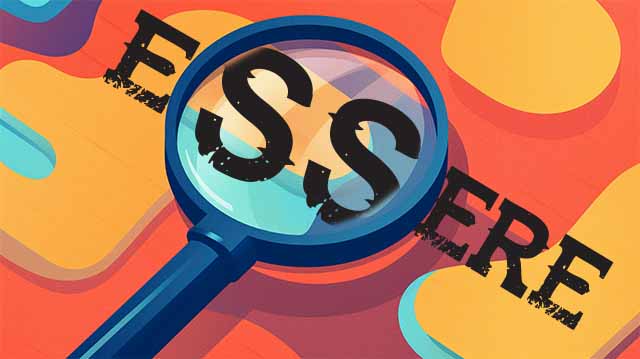
Esaminiamo più attentamente Essere.
Let’s examine the ESSERE more closely.
“ESSERE è usato come in inglese si usa “I am.” Significa “essere” o “esistere.”
The “ESSERE is used as in English one uses “I am.” It means “to be” or “to exist.”
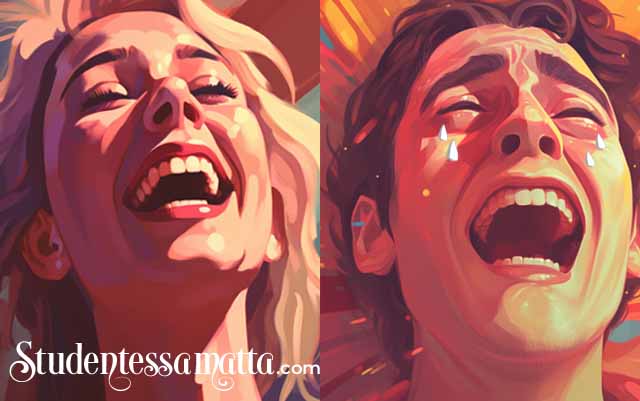
ESSERE è usato per descrivere come qualcuno si sente o le qualità di qualcuno.
ESSERE is used to describe how someone feels or someone’s qualities.
Sei felice? / Are you happy?
Sono triste. / I am anxious.
Lei è emozionato/a. / She is excited.
Loro sono intelligenti/e. / They are intelligent.
ESSERE è usato per descrivere chi sei o per parlare di te stesso.
ESSERE is used to describe who you are or talk about yourself.
Siete insegnanti? / Are you all teachers?
No, siamo studenti. / No, we are students.
Sono italiano/a. / I am Italian.
Il mio ragazzo è francese. / My boyfriend is French.
Io sono di Milano. / I am from Milan.
La donna è alta e bella. / The woman is tall and beautiful.
ESSERE è usato per descrivere uno stato di esistenza, descrivere luoghi, descrivere oggetti, e localizzare oggetti.
ESSERE is used to describe a state of existence, describe locations, describe objects, and locate objects.
Dov’è il libro? / Where is the book?
La loro Ferrari è rossa. / The red Ferrari is theirs.
Gli spaghetti sono deliziosi. / The spaghetti is delicious.
La borsa è sulla tavolo. / The purse is on the table.
Il ristorante è piena di gente. / The restaurant is full of people.
Esserci
Essere è anche ampiamente combinato con “ci” nel verbo pronominale ESSERCI. C’è, ci sono — in inglese, there is, there are). ESSERCI afferma l’esistenza di qualcuno o qualcosa.
Essere is also widely combined with “ci” in the pronominal verb ESSERCI. C’è, ci sono — in English, there is, there are). Esserci states the existence of someone or something.
C’è molto da fare. / There is a lot to do.
C’è un uomo misterioso in the room. / There is a mysterious man in the room.
Ci sono nuovi insegnanti alla scuola. / There are new teachers at the school.
Ci sono molte macchine sulla strada oggi. / There are many cars on the road today.
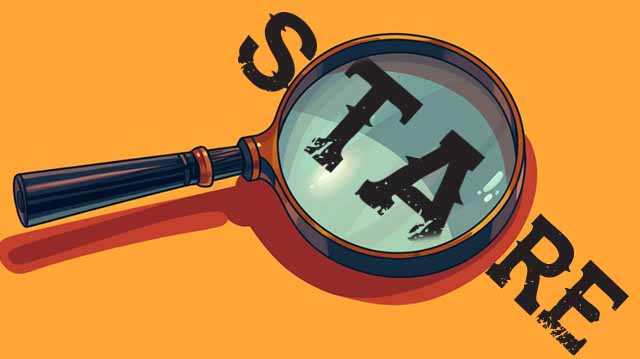
Ora, diamo un’occhiata a STARE.
Now, let’s take a closer look at STARE.
Quando usi il verbo “STARE”, esprimi posizioni fisiche o lo stato fisico della tua persona. Indica posizione, salute e aspetto.
When you use the verb “STARE,” you express physical position or your person’s physical state. It indicates location, health, and appearance.
Usi il verbo STARE per esprimere come sei.
You use the verb STARE to express how you are.
Come stai? / How are you?
Sto bene. / I am well.
Sta male. / She is sick.
Stiate meglio. / You all are better.
Usi il verbo STARE per esprimere la tua posizione fisica (come il verbo “RIMANERE”).
You use the verb STARE to express your physical location (like the verb “RIMANERE” – to stay).
Stiamo a casa stasera. / We are staying at home tonight.
Stanno a letto tutto il giorno. / They stay in bed all day long.

Usi il verbo STARE per dire che qualcosa, come un capo di abbigliamento, ti sta benissimo.
You use the verb STARE to mean something looks great on you, like a piece of clothing.
Questa gonna mi sta benissimo. / This skirt looks great on me!
Quei pantaloni ti sta male. / Those pants do not suit you.
Il colore rosso si sta molto bene. / The color red suits her very well.
Ci sono molte espressioni idiomatiche che usano il verbo STARE.
Many idiomatic expressions use the verb STARE.
Stare in piedi –to be standing/to stand
La donna sta in piedi e canta davanti al pubblico.
Stare seduto/a – to be seated
Preferisco stare seduto quando lavoro al computer per evitare di affaticare troppo la schiena.
Stare zitto/a – to be quiet
Per favore, potresti stare zitto per un momento? Sto cercando di concentrarmi.
Stare attento/a – to pay attention
Stanno attenta a non cadere sulle scale, sono scivolose.
Stare calmo/a – to stay calm
Non preoccuparti, tutto andrà bene. Stai calmo e cerca di rilassarti.
Stare a cuore – to have at heart
La sicurezza dei nostri dipendenti e dei nostri clienti ci sta molto al cuore.
Stare fermo– to have at heart Per favore, stai fermo e non muoverti mentre prendo la tua misura per il vestito.
Stare con – to be in a relationship with someone
Mia sorella sta con il suo ragazzo da quasi un anno.
Si usa il verbo STARE per esprimere un’azione in corso. Questo è il gerundio.
You use the verb STARE to express an ongoing or in progress action. This is called the “gerundio.”
The gerundio is formed by adding -ando to the root of -are verbs and -endo to the root of -ere and -ire verbs. For example, the gerundio of the verb “parlare” (to speak) is “parlando,” and the gerundio of the verb “leggere” (to read) is “leggendo.”
Sta piovendo fuori. / It’s raining outside.
Dove stai andando? / Where are you going?
Sto aspettando la autobus. / I’m waiting for the bus.
Si usa il verbo STARE + la preposizione PER per parlare di un’azione che avverrà nel prossimo futuro.
You use the verb STARE + the preposition PER to talk about an action that will happen in the near future.
Il film sta per cominciare – the movie is about to start.
Sto per andare a casa. – I am about to go home.
Stanno per partire col treno. – They are about to leave by train.
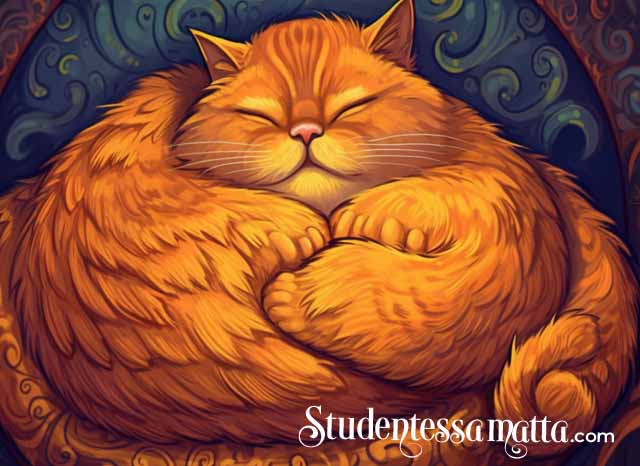
Ecco una storiella divertente che usa entrambi i verbi ESSERE e STARE
per dimostrare i loro usi.
Here is a funny little story that uses both verbs ESSERE and STARE to demonstrate their usages.
C’ERA una volta una signora molto preoccupata per il suo gatto, che sembrava STARE molto male. La signora decise di portarlo dal veterinario per un controllo.
“Buongiorno signora, come posso aiutarla?” chiese il veterinario.
“Guardi, il mio gatto non STA bene,” rispose la signora. “Non so cosa possa essere, ma sembra ESSERCI qualcosa di serio.”
Il veterinario esaminò il gatto e disse: “Non si preoccupi signora, il gatto STA bene. Non ha niente di grave, È solo un po’ stressato.”
“Ma come può ESSERE?” chiese la signora incredula. “Il gatto non mangia, non beve, non gioca, non fa niente!”
“Signora,” disse il veterinario, “il gatto È un animale molto tranquillo. Non sempre STA facendo qualcosa, ma questo non significa che non STIA bene. STARE tranquillo e rilassarsi È un comportamento normale per un gatto.”
La signora si sentì un po’ sciocca per ESSERSI preoccupata tanto, ma alla fine ERA felice di sapere che il suo gatto STAVA bene.
La morale della storia È che non sempre dobbiamo ESSERE in movimento o fare qualcosa di importante per STARE bene. A volte È sufficiente STARE tranquilli e rilassarsi per sentirsi meglio!

